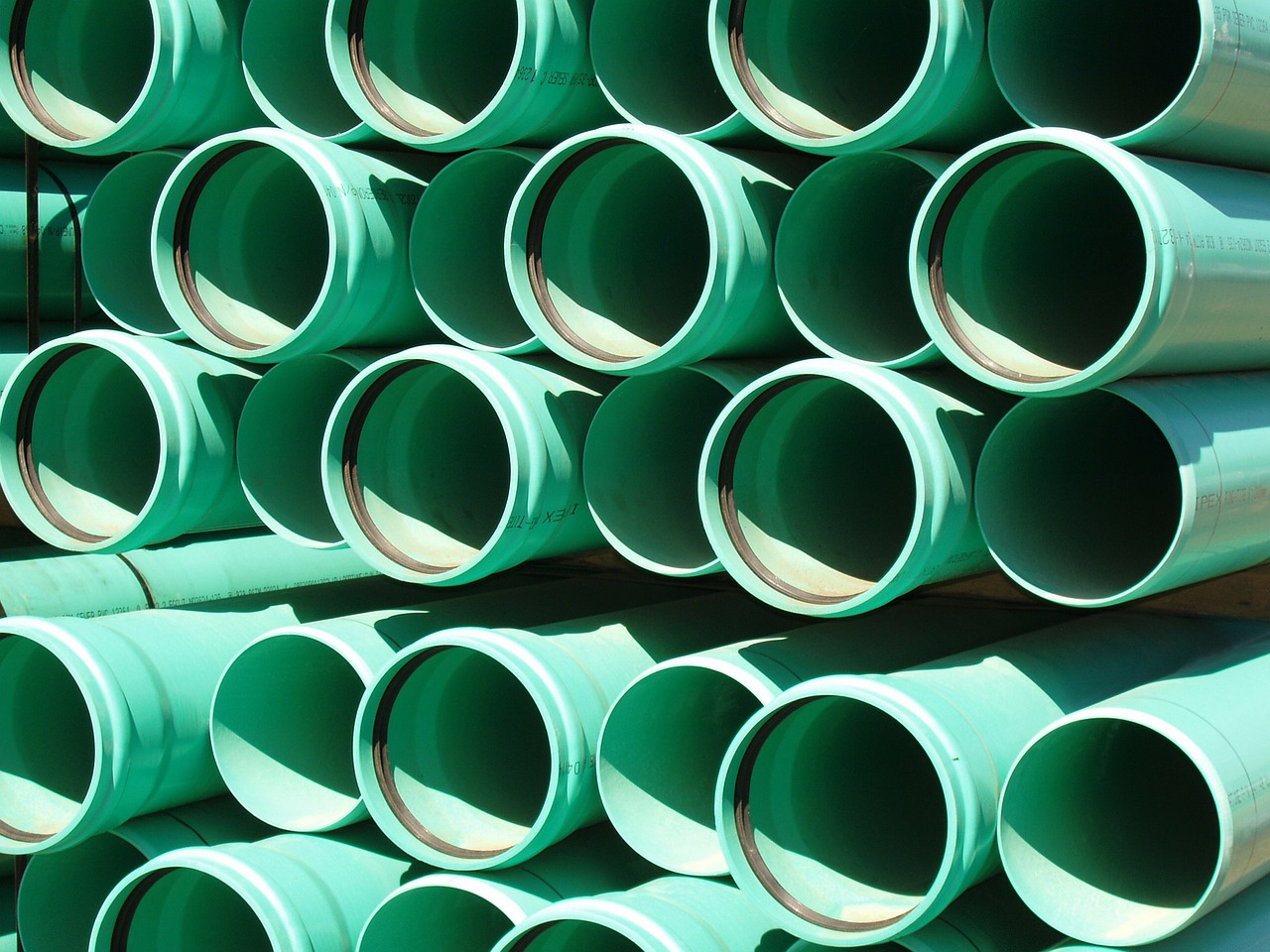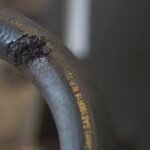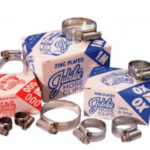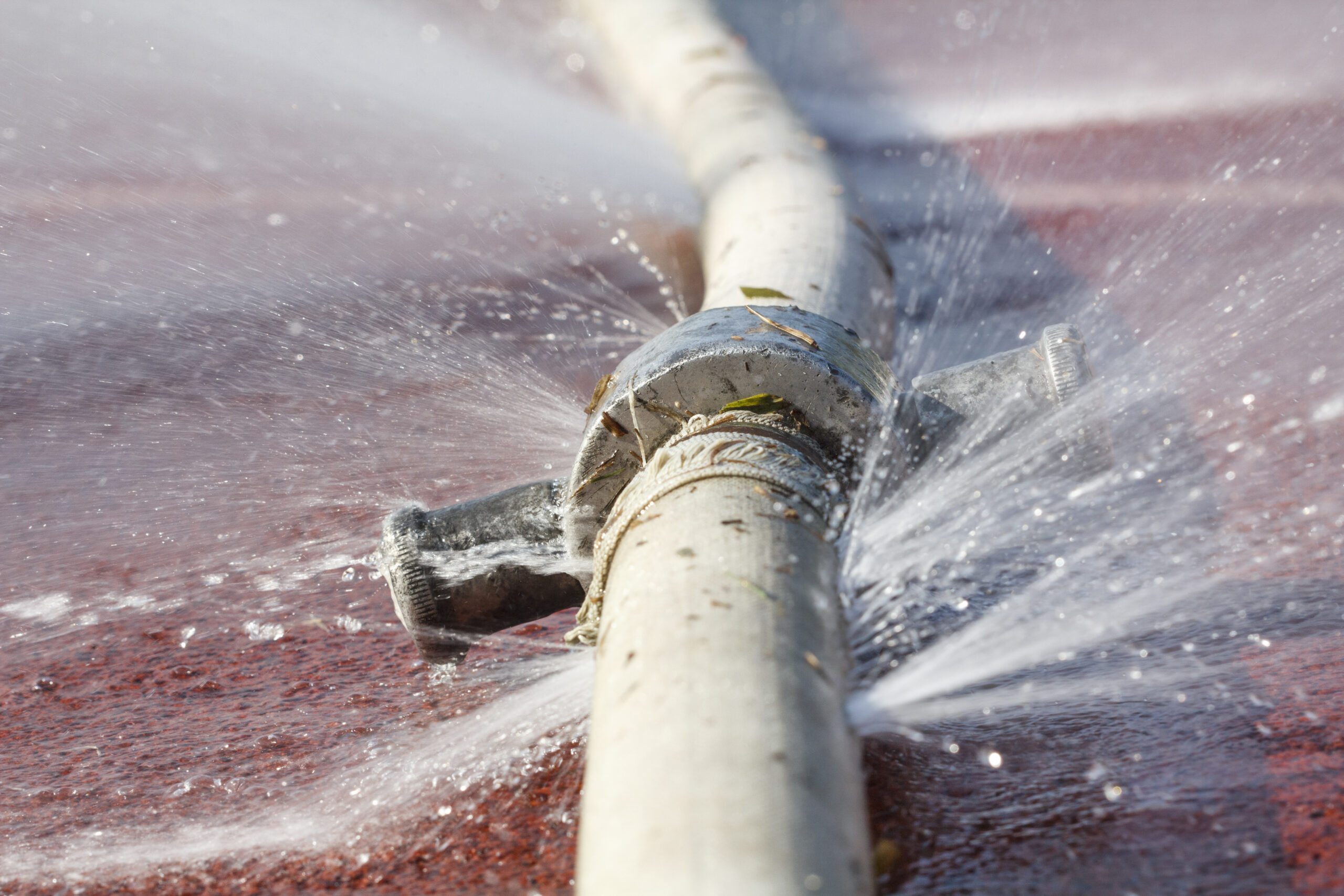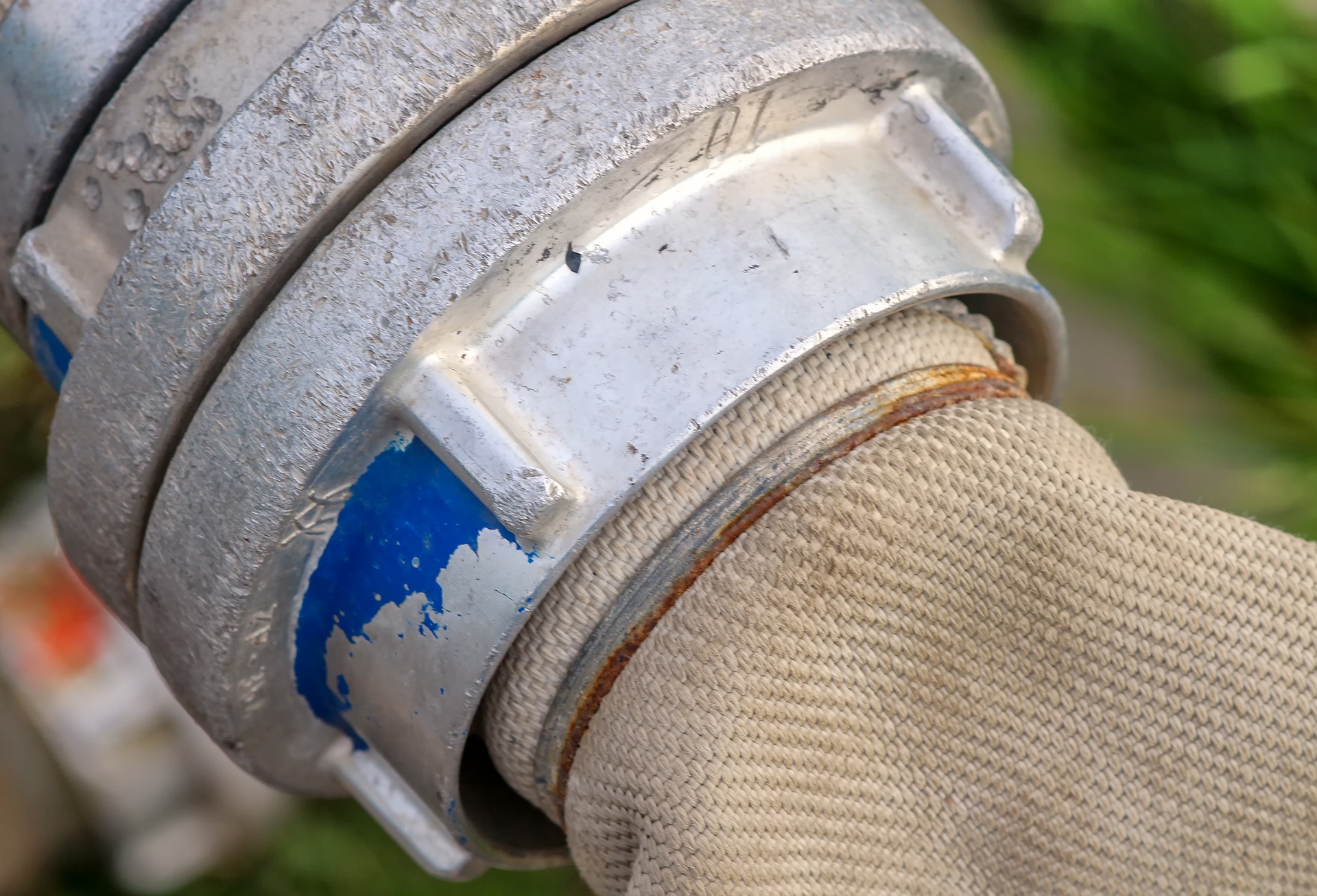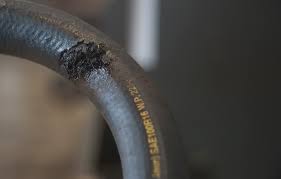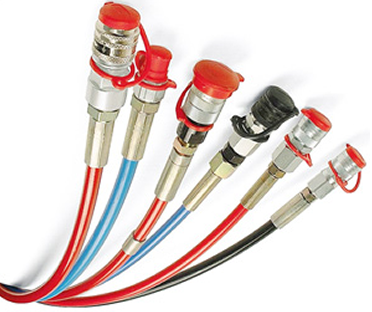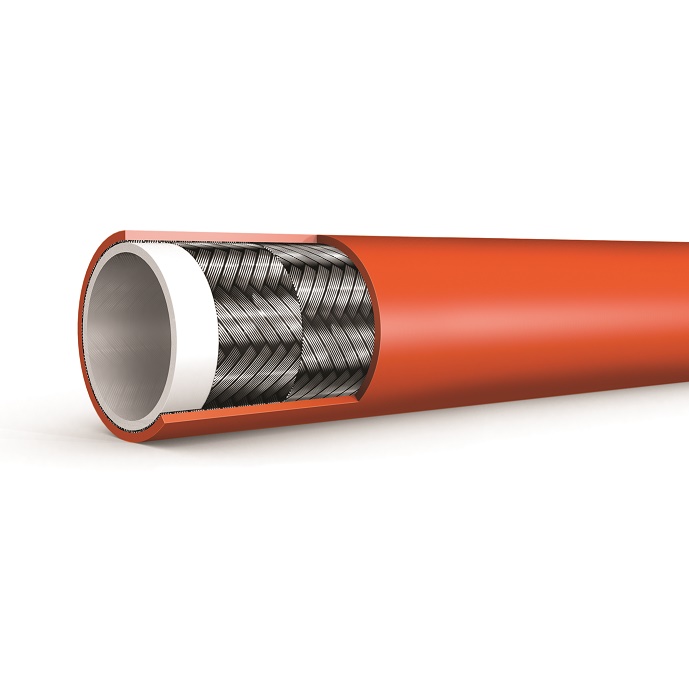There are a variety of different supply pipes used to carry drinkable (potable) water around homes and office buildings. In this blog post, we will look at some of the materials used to manufacture water supply pipes.
Which type of water supply pipe is the most reliable and efficient, and which should you use in your next plumbing project?
PVC
PVC (or polyvinyl chloride) is a popular material in the manufacturing of supply pipes as it has a variety of different uses and comes in different colours (so tradespeople can identify what the pipes are carrying at a glance), as well as a variety of different thicknesses.
It is available WRC (Water Research Council) approved for use with drinking water, this is popular in the caravan and marine industry, due to its flexibility.
The disadvantage of PVC piping is that it has a maximum temperature use of 700C, so should only be used for cold water supply.
CPVC
CPVC (or chlorinated polyvinyl chloride) can withstand temperatures up to 82°C so the vital advantage of CPVC supply pipes over PVC is that they can carry both hot and cold water.
The disadvantage of CPVC is it can become brittle over time, which increases the risk of leaks, especially if there are large temperature fluctuations in the atmosphere.
PEX
PEX (or crosslinked polyethene) is used in the manufacture of both hot and cold water pipes, as it can withstand temperatures up to 93°C. PEX pipes are flexible and bend easily, making installation easier and meaning they can be adapted to fit a variety of different building infrastructures.
The disadvantage of PEX supply pipes is that a special crimping tool is needed to make permanent connections between pipes, so although the pipes are cost-effective, installation costs can add up. PEX can also split and warp in extreme hot and cold environments, making it better for use inside rather than outside.
There is a debate in the plumbing community on whether PEX pipes are safe for carrying drinking water, with PEX tubing only recently approved for use in the state of California. There are arguments on both sides, however most plumbers believe PEX is just as safe as other metal and plastic alternatives.
Galvanised steel
Galvanised steel pipes are made of steel and zinc. The zinc coating acts as a sacrificial metal, preventing water from corroding the steel, although the pipes will eventually rust over time.
Galvanised steel pipes were the only type of pipe available many years ago, and are often seen in older buildings, but now there are cheaper, longer-lasting alternatives available, they are not as popular as they once were.
These are not approved for drinking water.
Copper
Copper pipes can carry both cold and hot water as they do not bend or warp, even at elevated temperatures. Copper pipes are also malleable, meaning they can be bent and shaped to suit a variety of different building infrastructures.
The disadvantage of copper pipes is they have to be soldered together or fixed together with a nut and olive, and as they are expensive; they can often be a target for thieves.
Which is the best pipe to use for water supply lines?
As shown above, the different types of water supply pipes have their advantages and disadvantages. To determine the best type of water pipe for your needs, you need to look at factors including:
- Budget – how much money do you have to spend?
- Timescales – how long do you have to carry out the work?
- Where the pipes will be installed (for example, indoors or outdoors) – some pipes may be damaged in extreme weather conditions
- The temperature of the water the pipes will carry – some pipes should not be used for carrying hot water
Combinations of different pipes can work well on a project, for example, plumbers recommend using both PEX and copper, as the two can be easily connected. We would not recommend using different types of metal supply pipes together though as this can cause corrosion.

